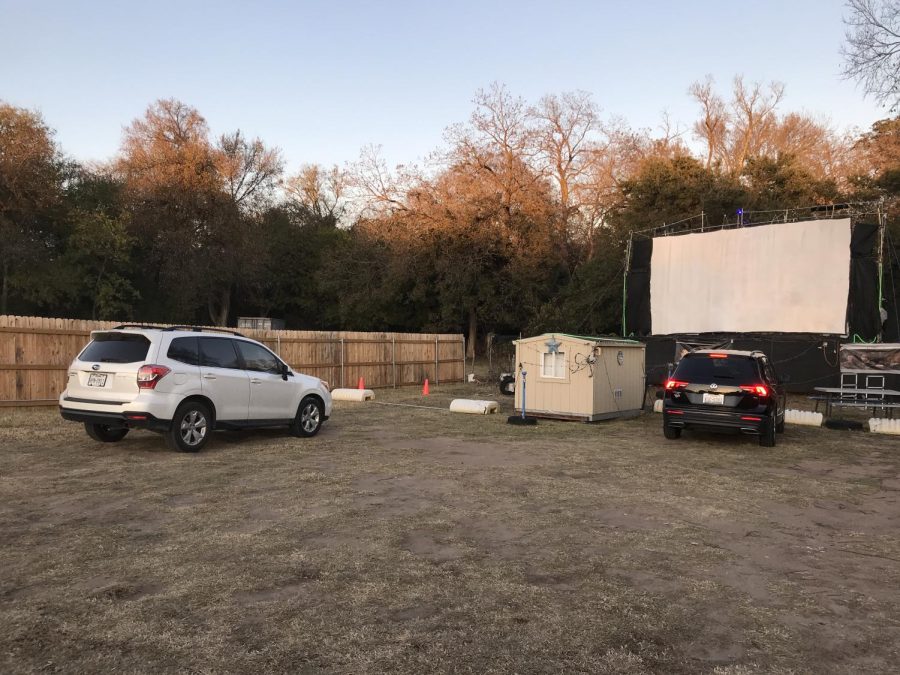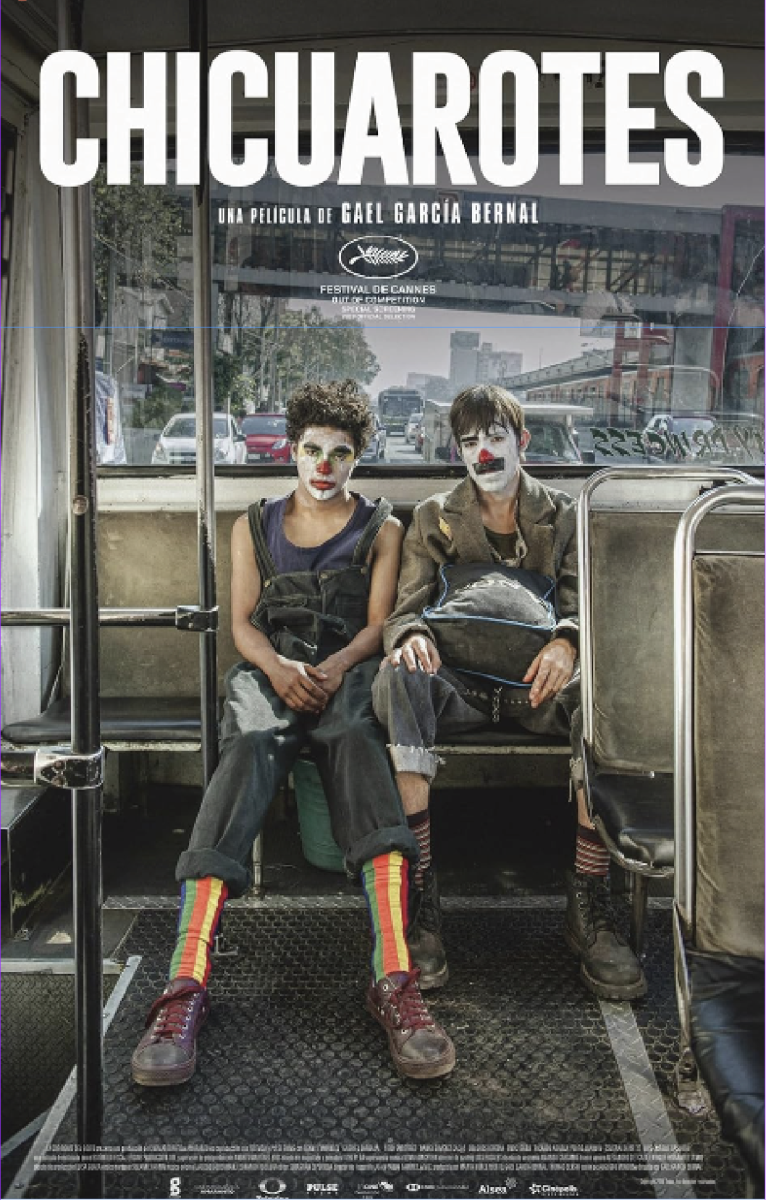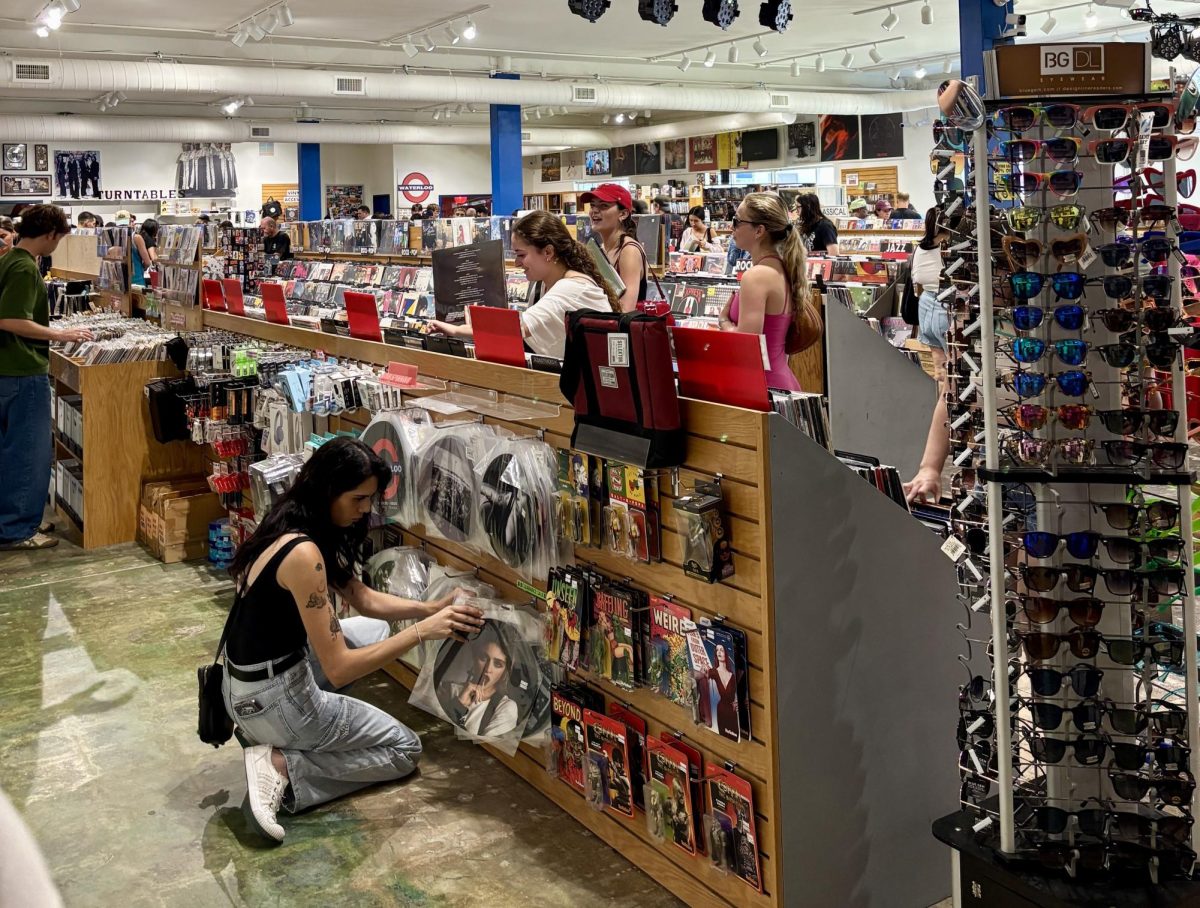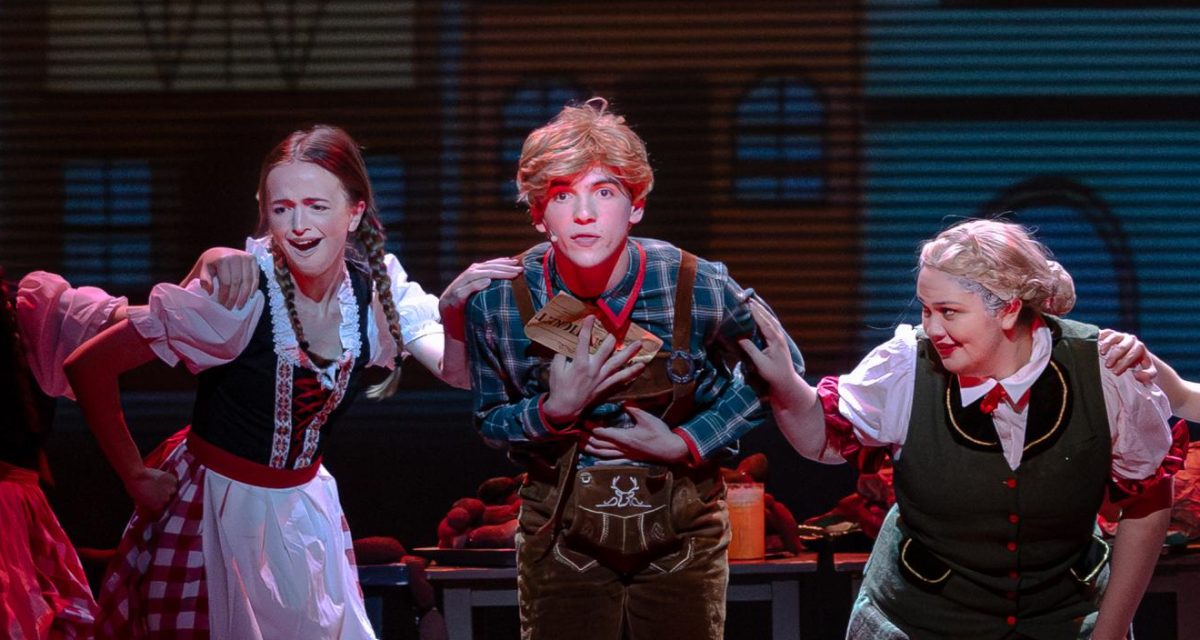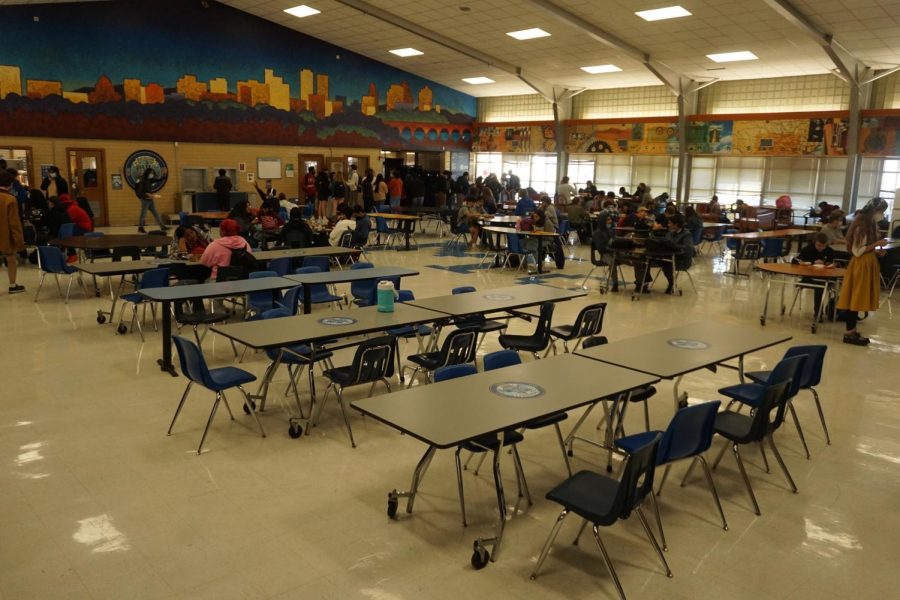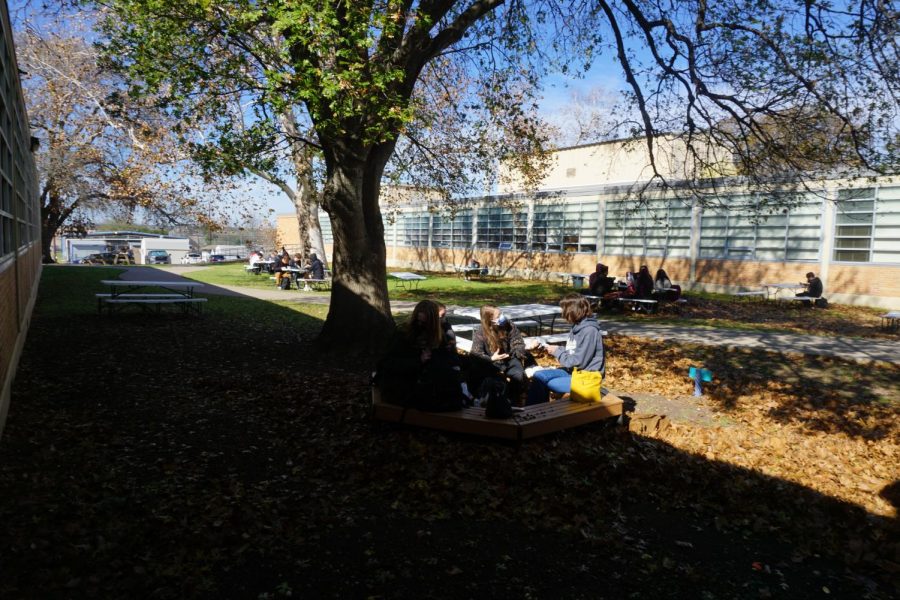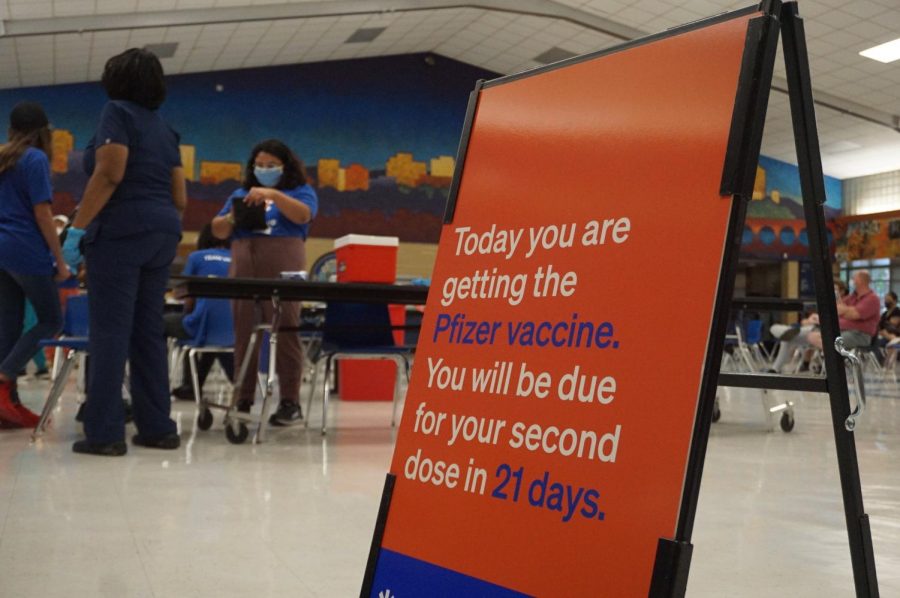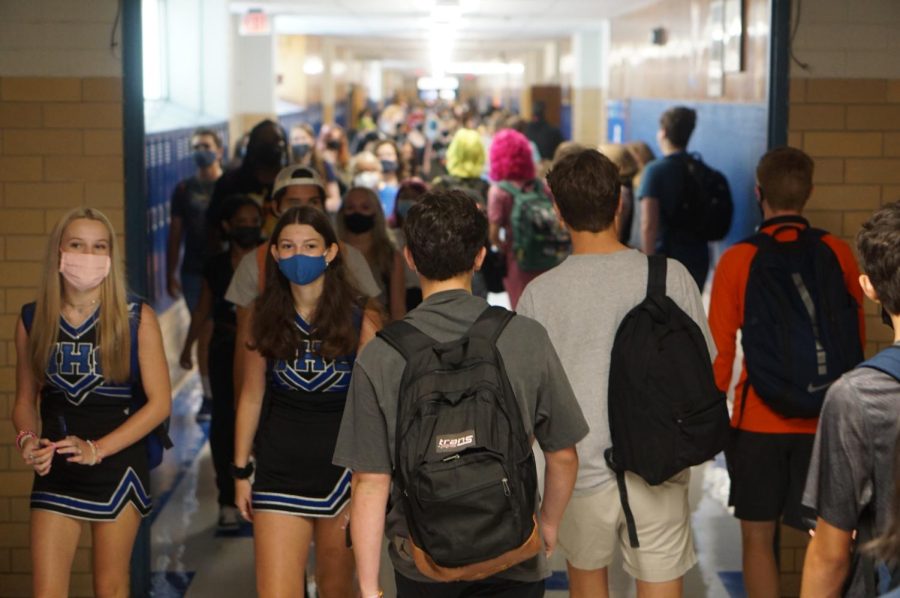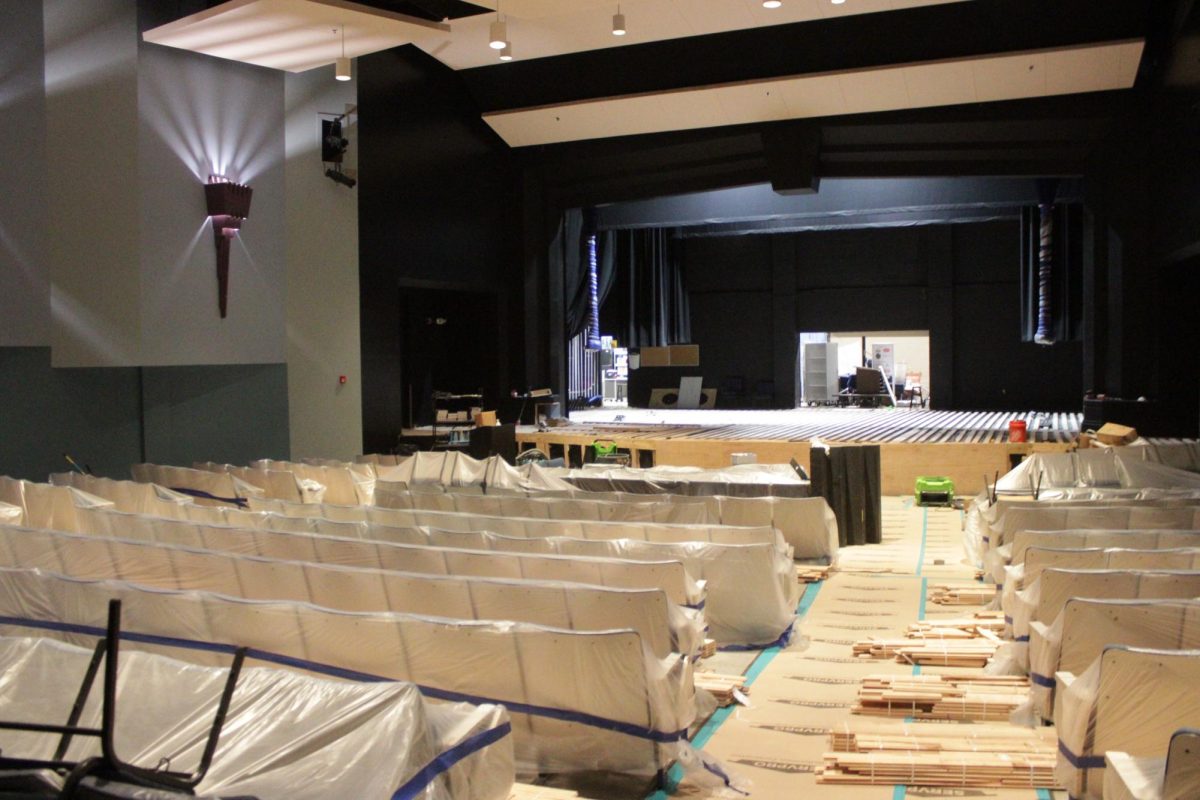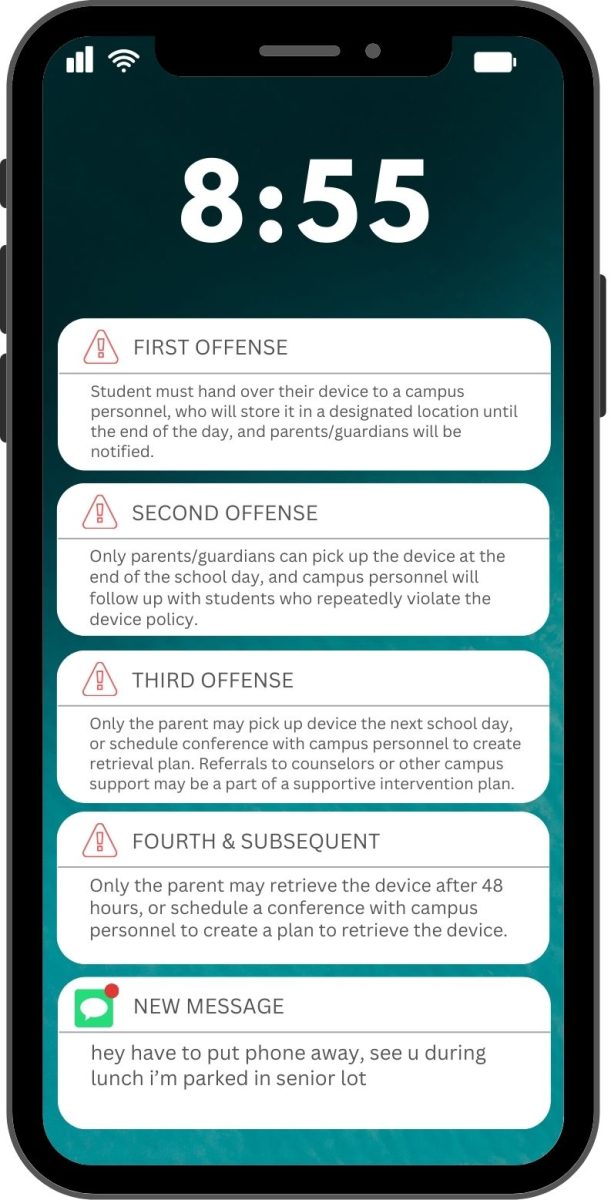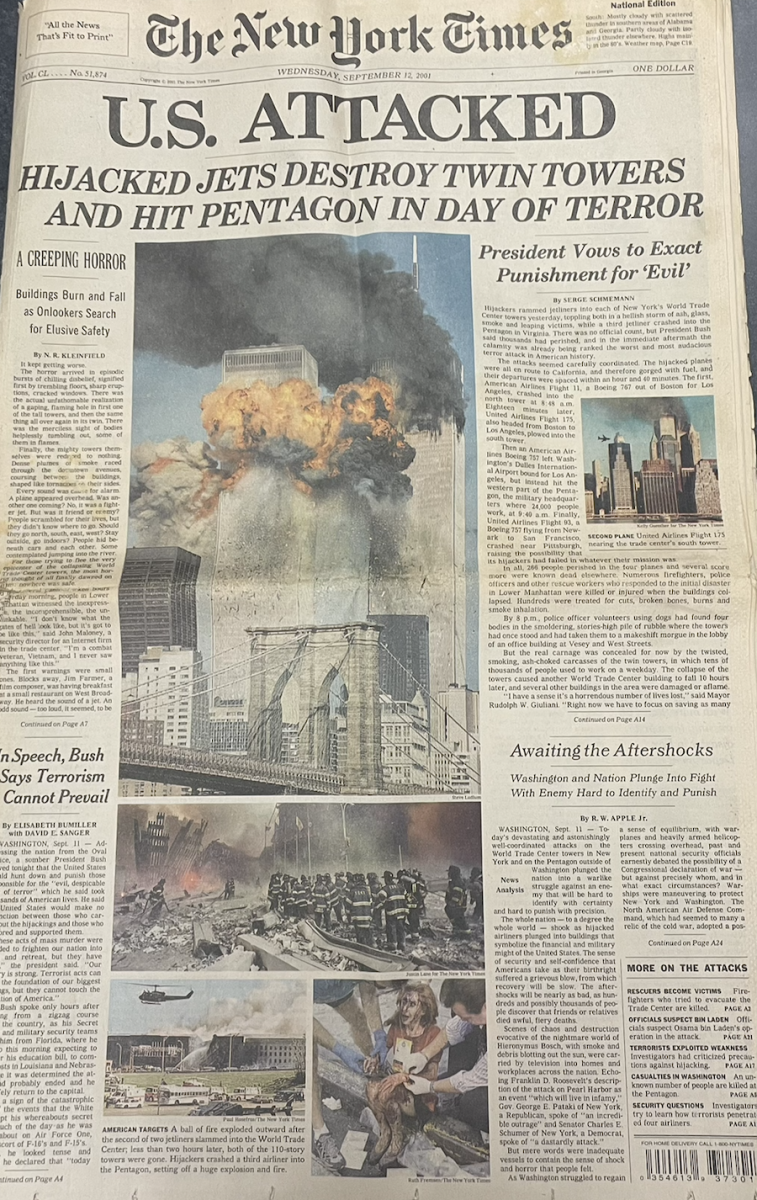The film opens on a deserted landscape, N-95 masks and latex gloves littered on the city streets. It sounds like the beginning of a classic dystopian tale, but instead, it has become the reality of life in 2020 as the COVID-19 pandemic forced its changes upon an unsuspecting world.
From how we shop for groceries to when we leave the house, almost everything about life is different. The movie industry is no exception, where behind the scenes actors and crew members face large project delays that trickle down all the way to the movie theater business.
“The film industry has taken a huge hit,” said Erik Jensen, a senior cinematic arts major. “Almost all films that were set to release this year have been delayed. I honestly couldn’t name the last new film that came out in theaters.”
These delays have primarily impacted larger movie houses and production companies. Some smaller businesses in the industry, however, have been lucky enough to see positive growth.
“We got a lot of attention at the beginning of the pandemic, actually,” said Louise Ho, an employee of the independently owned Blue Starlite Drive-In Theater. “We are one of the few success stories. Before, we weren’t getting as many customers, but now, we’re selling out almost every night. We’ve gotten really popular for regular public movies, and also for private events. People just really want a socially distanced way to do stuff. We’re proud to be able to give people a slice of normal life in the middle of all of this.”
The success of the drive-in theater venue is due in part to their COVID-safe, socially distant viewing opportunities, but also because of their regular film line-up. Unlike traditional theaters, the Blue Starlite does not rely on new releases, and instead showcases classic film favorites that appeal to their audience on an emotional level.
“We are really more about the experience,” Ho said. “Because you’re outside and it’s on your car radio, we show a lot of quirky nostalgia films, so it’s about more than just the movie. And people are still interested in the kind of quirky or smaller movies that we’ve always specialized in.”
Drive in theaters also offer an opportunity for indie filmmakers who lack the budget of the Hollywood blockbuster industry to display their work, something they might not normally be able to do.
“It’s so fun, because a lot of the time when people submit their indie movies, it’s literally the director, writer or creator reaching out to you as a person.” Ho said. “And it’s very special, because it’s literally people presenting you with their movie that they work so hard on. And there’s just a lot of art behind it.”
The extra income from theaters like Blue Starlite Drive-In have been very important to independent artists, especially during the pandemic, when many regulations on production sizes have been put in place to ensure safety.

“People have a harder time collaborating, and have a hard time getting together to film these movies,” another Blue Starlite employee, Tori Anne, said. “They have to make sure everyone stays safe. So that also means a smaller cast and a smaller or distanced production team.”
Producing movies during the pandemic has been a struggle for the entire industry, even down to aspiring filmmakers in the McCallum cinematic arts program. Seniors have faced several setbacks during the production of a 15-20 minute short film, their capstone projects for the year.
“We have a lot more restrictions on how many people can be on set and how the actors can interact with or without masks to keep everyone safe,” senior cinematic arts major Meg Rowan said. “I can have my cousins act together without masks because they live together, but I had to work the rest of my script around limited actors.”
Senior Erik Jensen also faced a similar struggle.
“It was really frustrating because every time I thought of a story and wrote it out, I realized it wasn’t feasible in a pandemic.” Jensen said.
One of the biggest challenges these students face is the lack of interaction and communication with others who would normally be involved in the production and are instrumental to the process.
“Our community does a lot of collaboration during normal times,” Rowan said. “It’s definitely harder to get the ball rolling on projects when you can’t just gather your buddies to develop an idea.”
Although delays and safety precautions have led to more difficulty in film production, the end result is still the same — movies bring people together.
“Whenever a movie is playing, it creates an audience for an hour and a half,” Louise Ho said, “and the audience is a group of people that has something in common, which I think can be so powerful.”
“You have all these people into the movie and you see everybody reacting to these things.” Tori Anne said. “You hear everybody laughing and screaming all at once. It really provides a church-like experience.”



